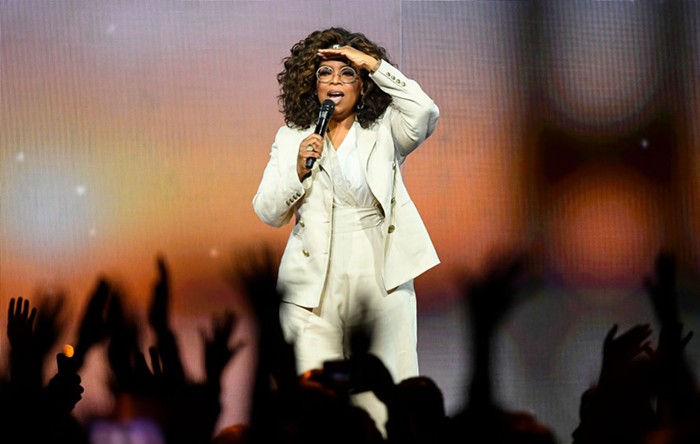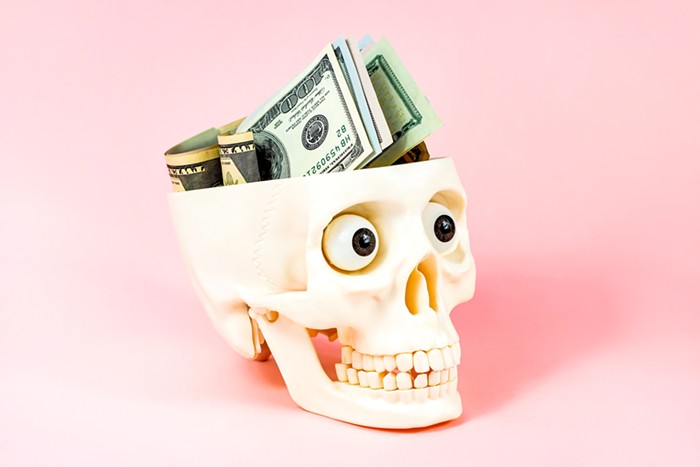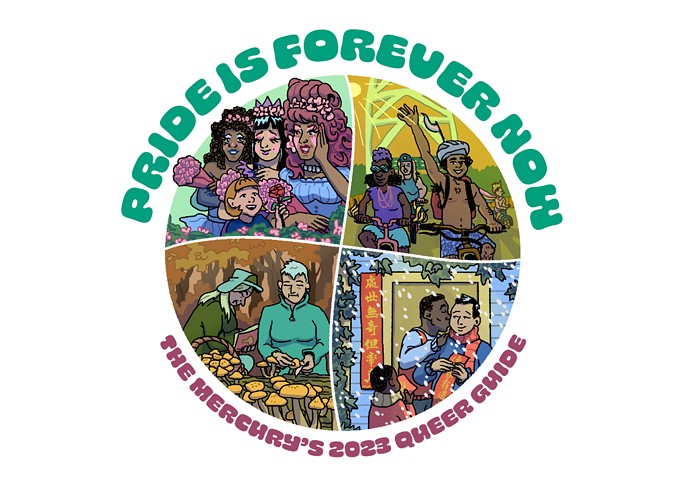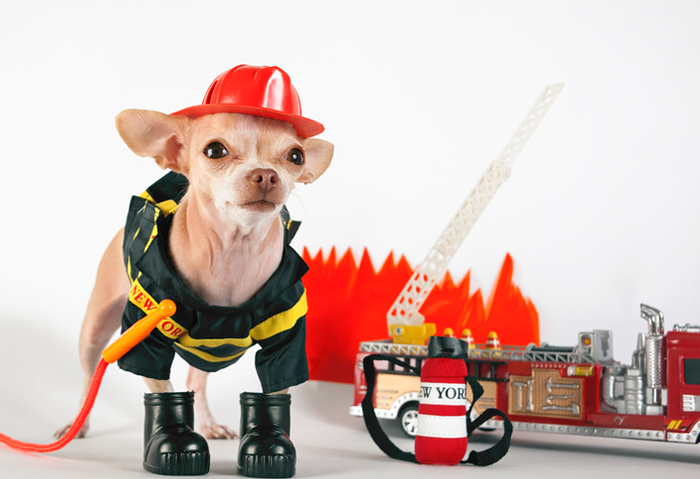If you’re familiar with the work of photographer Robert Frank, it’s probably from seeing it in a book. Frank’s The Americans is a staple of photography classrooms everywhere, a tome of vérité-style photographs of everyday Americans shot on the Swiss-born photographer’s 1955 cross-country tour of the United States.
As an educational tool, it’s an essential guide to street photography and a document of a time and place. As a book, it’s simply a compelling way to lose a couple of hours without noticing, even if you aren’t an undergrad huffing darkroom fumes. I first encountered The Americans as such an undergrad, in a photography lecture. After Louis Daguerre’s rangy Paris street scene, the first known figurative photograph, but before Bernd and Hilla Becher’s conceptual images of industrial buildings and Robert Mapplethorpe’s “Self-Portrait with Whip,” Frank is who you look at, and for good reason: The Americans is like the art world’s answer to Studs Terkel’s My American Century. It captures 1950s American life in a way that’s both ambitious and highly specific, and it’s one of those rare artistically instructive works that also happens to be accessible and even fun.

It’s something you don’t often get to see outside of the slippery, too-thick pages of a coffee table book. Frank’s work is rarely exhibited. That’s what makes Blue Sky Gallery’s new show Robert Frank: Books and Films 1947-2018 so exciting. In this exhaustive exhibition, his images are printed on giant swaths of newsprint hung across several gallery walls, and seeing his work blown up on a large scale is an entirely new way to experience this once-recognizable work. The show is also a completist look at Frank’s life and career, bringing together series like The Americans, later film projects, Polaroids, and candid shots of everyone from Frank’s family members to the poet Allen Ginsberg, instantly identifiable by his thick glasses and infectious, beneficent grin. Seemingly pedestrian subjects—aerial shots of neon swimming pools; gently lit, lovingly arranged doughnuts; simple object studies from a very young Frank’s job-hunting portfolio—are made beautiful and compelling in the artist’s framing and photographic gaze.
I take some issue with the show’s lofty claim, in catalog materials, that Frank is “considered the inventor of street photography.” Street photography is an old practice, and staking a claim for a singular “inventor” of the genre seems a dubious project at best. It also ignores the fact that Frank was a contemporary of other great street photographers, including Diane Arbus and Henri Cartier-Bresson, and influenced greatly by Walker Evans.

Still, it’s undeniable that Frank shot The Americans in a magnificent era for photography, and street photography in particular, and there’s a tactile quality to this show that fans of older photographic methods will enjoy. The combination of newsprint and 35mm is a stark reminder of how profoundly analog photography differs from digital work. Film feels more substantial, heavier, the contrasts sharper, the lighting more exacting, the framing more careful, with small visual pleasures that are necessarily absent from digital pieces, like the legible film grain in Frank’s photo of a mountain from his early portfolio work. There’s a quality to both 35mm and newsprint that draws you in. I wanted to touch the photographs in this show, and I actually pulled a real art school move and crouched down in front of one wall covered in blown-up contact sheets—printed rows of Frank’s raw negatives—because I wanted to get as close to the outtakes as I possibly could.
About those contact sheets: Along with Frank’s more diaristic projects and Polaroid shots, they give a rare glimpse into his process, making a very humanizing pivot from the expected hagiography. Covering almost an entire wall, Frank’s contact sheets are especially delightful to look through slowly: Seeing his red-chalked frames around the images he planned to print delivers an almost voyeuristic, completist thrill, like reading a writer’s collected journals when you only know their published work.
One of the first and best pieces of photography advice I have ever heard came from the photography professor who first showed me Frank’s work. He recommended that all of his beginning students stick to a short lens and get close to their subjects, cropping while composing their shots—not afterwards in the darkroom. His students spent months suffering through tiny cuts from loading film in complete darkness, ruining clothes with splashes of wayward fixer, occupying every available enlarger in the darkroom the night before critiques, and printing images in full, even when cropping would have looked better.
Of course, that professor was right: Getting close to your subject is the best way to take a photograph. His class was a relic of an older way of approaching photography, one I doubt is taught much anymore. His initiative against cropping makes more sense when you’re shooting not on an iPhone camera but on a clunky, temperamental lump of metal that needs to be reloaded every 25 shots, when cropping an image the old-fashioned way would mean extra steps in an already-cumbersome printing process. But it’s good advice, and it applies as much to the viewer as it does to the photographer. Because when you get close, you get better at shooting, but you get better at looking, too. The best photography shows reward such attention on the part of the viewer. This is one of them.













